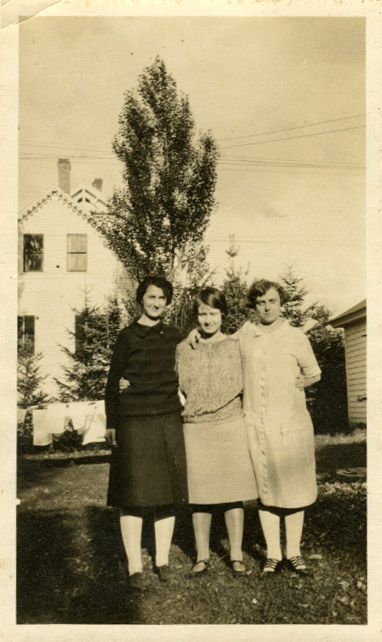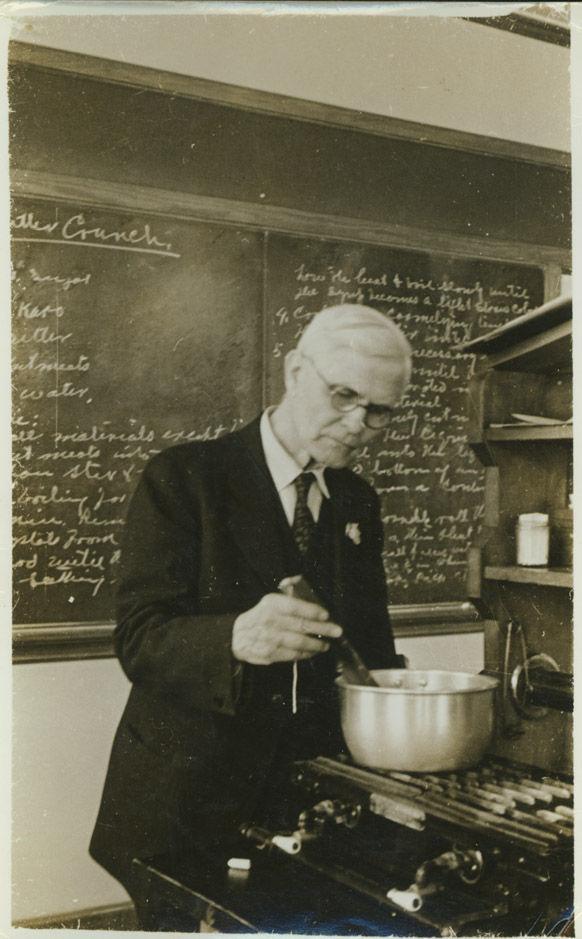Stanley Charren Papers
1973-2000
6 boxes 9 linear feet
Call no.: MS 900
Called “the Howard Hughes of the wind business,” Stanley Charren played a crucial role in the development of the modern wind power industry. A native of Providence, R.I., and an engineering graduate of Brown University (BS 1945) and Harvard (MS 1946). After marrying Peggy Walzer in 1951, who later became famous as founder of Action for Children’s Television, Charren embarked on a career that merged a penchant for innovation with an entrepreneurial streak, working with Pratt and Whitney, Fairchild, and Baldwin-Lima-Hamilton before becoming CEO of Pandel-Bradford (later Compo). Although he successfully developed products such as the swim spa and carpet squares, Charren is best remembered for his role in commercializing wind power. Taking an interest in wind during the Nixon-era energy crisis, he and his partner Russell Wolfe founded US Windpower in 1974, working on the idea of linking arrays of intermediate-sized windmills into a single power plant tied to the grid. US Wind built the world’s first wind farm in 1978, consisting of 20 units at Crotched Mountain, N.H., and after relocating to northern California in 1980 and changing name to Kenetech in 1988, the company emerged as the largest wind energy firm in the world. However the collapse of oil prices in the 1980s and federal regulatory hostility to alternative energy seriously impinged upon the company’s growth, ultimately contributing to its bankruptcy in May 1996. Charren retired from Kenetech in 1995.
The Charren Papers include scattered but valuable materials on the founding and operations of US Windpower and Kenetech, including early business plans, correspondence, technical reports, and informational brochures, along with materials documenting some of the legal challenges they faced in the 1980s and 1990s. The collection also contains ephemera relating to some of Charren’s work outside of the windpower industry.
Gift of Debbie Charren, 2016, 2017
Subjects
KenetechU.S. WindpowerWindpower industry



